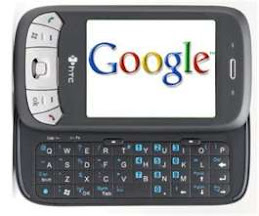 |
| click here Nokia C5-03 with 12 months Nokia India Warranty |
Nokia is one of the biggest growths of the converging internet and communications industries. It conversations brings you the untold stories of the people behind Nokia's products and services, design, future tech, environment and business. Troubled cell-phone maker Nokia today made a long anticipated move to recapture a share of the fiercely competitive smart-phone market with the launch of two handsets running Microsoft's Windows mobile software.
The Lumia 800 and the Lumia 710 are the first fruits of the Microsoft-Nokia alliance, a high-stakes gamble in a daunting battle with Apple, Google, and others for relevance in the fast-growing mobile-computing market.
Over the last five years, Nokia has experienced a dramatic reversal in fortunes. The company once dominated the high-end phone market with its Symbian-powered phones, but Apple's iPhone and devices running Google's Android have jumped ahead.
Nokia still sells many low-end phones, especially in developing countries, but this market could disappear as more powerful devices proliferate. Time is also running out. Amid fierce competition, sales of Nokia smart phones fell 34 percent in 2010, but sales of its low-end phones also fell 16 percent. The company's market value has halved since February, and third-quarter results showed its smart-phone sales down 38 percent compared with last year.
The new Windows phones were unveiled during company CEO Stephen Elop's keynote speech at the Nokia World event in London. "We are signaling our intent right now, here today, to be today's leaders in smart-phone design and craftsmanship," said Elop, a former Microsoft executive who signed the partnership deal with Microsoft in February.
In a swipe at other manufacturers, such as HTC and Samsung, that have already launched Windows phones, he added: "Lumia is the first real Windows phone."
The hardware unveiled by Nokia offered few surprises, however. The Lumia 800 design is identical to that of the Nokia N9. Inside it is a 1.4-gigahertz processor and 512 megabytes of RAM, which lags behind the dual-core chips boasted by the iPhone 4S and Samsung Galaxy 5. The Lumia has a 3.7-inch AMOLED 800-by-480 screen that sits under curved glass to give it a raised effect, and an eight-megapixel camera with an f2.2 aperture lens that will let in more light than most other phones, although the lack of a front-facing camera may put off those who use video calling. The phone is 12 millimeters thick, which is bulkier than the latest Android phones.










No comments:
Post a Comment